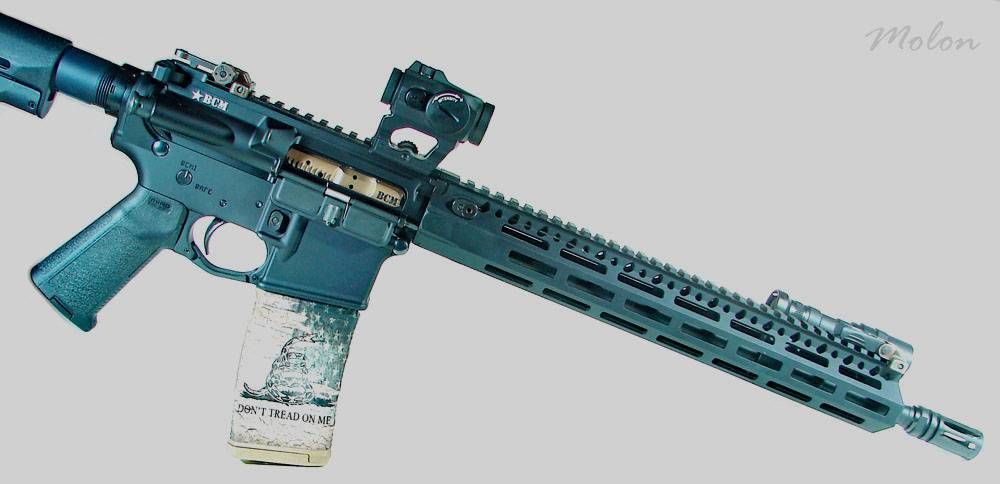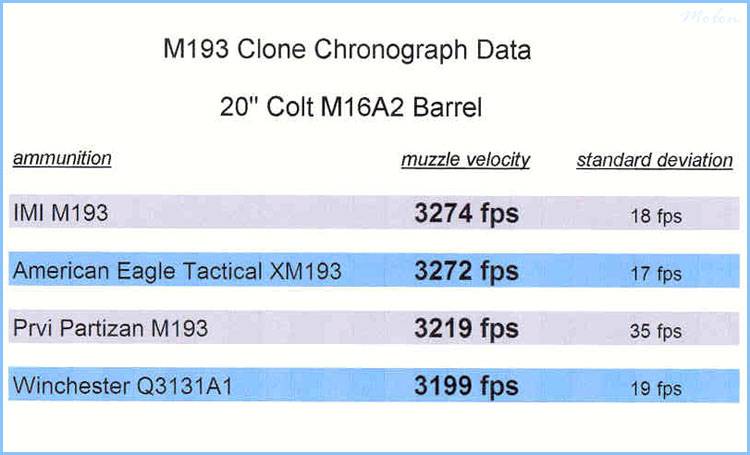Bravo Company 14.5” ELW Accuracy: A Quick Look
ELW stands for enhanced light-weight. This barrel is from Bravo Company’s cold-hammer forged series of barrels. The barrel has a “continuous taper” design with a smooth shoulder at the gas block journal, which reportedly improves barrel harmonics. This barrel has a mid-length gas system and a 0.625” gas block journal.
According to Bravo Company, this barrel has a stripped weight of 1 pound, 5 ounces. For comparison, a Colt 14.5” M4 barrel has a stripped weight of 1 pound, 9 ounces.
BCM 14.5” ELW

Colt 14.5” M4 barrel. (not stripped)

I purchased this barrel as part of a BCM factory assembled upper receiver group with the MCMR 13” free-float hand guard. The barrel has BCM’s pinned and welded A2X flash hider.
Shooting off-the-bench at a distance of 100 yards (using a high magnification scope), this barrel produced a 10-shot group that has an extreme spread of 0.946” with a mean radius of 0.33”.


….
ELW stands for enhanced light-weight. This barrel is from Bravo Company’s cold-hammer forged series of barrels. The barrel has a “continuous taper” design with a smooth shoulder at the gas block journal, which reportedly improves barrel harmonics. This barrel has a mid-length gas system and a 0.625” gas block journal.
According to Bravo Company, this barrel has a stripped weight of 1 pound, 5 ounces. For comparison, a Colt 14.5” M4 barrel has a stripped weight of 1 pound, 9 ounces.
BCM 14.5” ELW

Colt 14.5” M4 barrel. (not stripped)

I purchased this barrel as part of a BCM factory assembled upper receiver group with the MCMR 13” free-float hand guard. The barrel has BCM’s pinned and welded A2X flash hider.
Shooting off-the-bench at a distance of 100 yards (using a high magnification scope), this barrel produced a 10-shot group that has an extreme spread of 0.946” with a mean radius of 0.33”.


….
Last edited:



